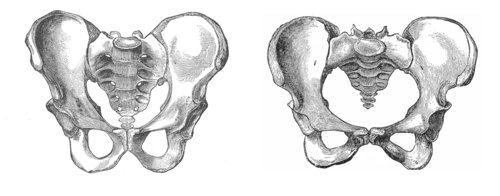Many of us know our bones provide the support for our muscles (such as the spine) and protection for our organs and other soft tissues (such as the pelvis and ribs). However, what is it like to bring our awareness to what our bones feel in meeting the ground, a chair or the surface of a laptop keyboard?
Bones are in a constant state of experiencing gravity and contact. The weightiest structures in our bodies, bones are made of a resilient plastic matrix of crystalline minerals and connective tissue (which is made of collagen fibrils and 3% watery ground substance).* When bones are alive in our bodies, they have a plasticity and when compressed, an electric charge is generated through their crystalline matrix (this is called piezoelectricity–I’d love to tell you more, but it’s a bit beyond me and I’ll refer you to Wikipedia). Our living bones are also vascularized and have sensory nerves. In short, our bones are far more alive and filled with movement and sensation than they are in a dry skeleton–which is the common “sensory image” we have of our bones.
I have cued clients to let their pelvises be perceptual organs of gravity and contact when rocking their pelvis and spine through an arch and curl movement while seated (a common movement in Gyrotonic). Try it yourself. In my experience, it is a very different feeling to move and meet the world with my bones as perceptual organs, rather than as organizing objects. What do your bones feel?
* “Job’s Body” by Deane Juhan, pgs. 93-94.


Recent Comments